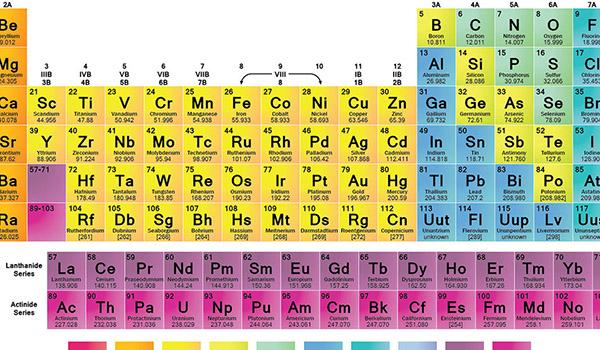Relative Atomic Mass and Isotopes
Relative atomic mass and isotopes are fundamental concepts in chemistry that are essential for understanding the composition and behavior of atoms. They play a crucial role in various fields such as nuclear chemistry, geochemistry, and radiometric dating.
Definition:
1. Relative Atomic Mass: Relative atomic mass (also known as atomic weight) is the average mass of an atom of an element relative to the mass of an atom of carbon-12, which is assigned a mass of exactly 12 atomic mass units (amu). It is expressed as a dimensionless ratio relative to carbon-12.
2. Isotopes: Isotopes are atoms of the same element with the same number of protons (and thus the same atomic number) but different numbers of neutrons (and hence different mass numbers). Isotopes of an element have similar chemical properties but different physical properties due to variations in mass.
Measurement of Relative Atomic Mass
1. Natural Abundance: The relative atomic mass of an element is determined by considering the natural abundance of its isotopes. Isotopes of an element occur in nature with varying abundances, and their contributions to the average atomic mass are weighted according to their abundance.
2. Mass Spectrometry: Mass spectrometry is a powerful analytical technique used to determine the relative atomic masses of elements and the isotopic composition of samples. In mass spectrometry, atoms or molecules are ionized and then separated based on their mass-to-charge ratio.
3. Calculation: The relative atomic mass (\(A_r\)) of an element is calculated using the weighted average of the masses of its isotopes, taking into account their natural abundances. The formula for calculating \(A_r\) is:
\[ A_r = \sum (m_i \times f_i) \]
Where:
- \(A_r\) = Relative atomic mass of the element
- \(m_i\) = Mass of each isotope
- \(f_i\) = Fractional abundance of each isotope
Example:
Let's consider chlorine (\(Cl\)) as an example. Chlorine has two naturally occurring isotopes: chlorine-35 (\(^{35}Cl\)) and chlorine-37 (\(^{37}Cl\)). The relative atomic mass of chlorine is calculated as follows:
\[ A_r(Cl) = (35 \times 0.7577) + (37 \times 0.2423) \]
\[ A_r(Cl) = 26.545 + 8.991 \]
\[ A_r(Cl) ≈ 35.536 \]
Therefore, the relative atomic mass of chlorine is approximately 35.536 amu.
In summary, relative atomic mass provides a standardized measure of the average mass of atoms of an element, taking into account the natural abundance of its isotopes. Isotopes, on the other hand, are atoms of the same element with different mass numbers due to varying numbers of neutrons, contributing to the overall understanding of atomic structure and behavior.
More on AmplifyGlobe
Design of the Modern Periodic Table
 The modern periodic table is a systematic arrangement of chemical elements based Read More
The modern periodic table is a systematic arrangement of chemical elements based Read More
If you're looking to ace your ATI TEAS test and get accepted into the nursing program of your dreams, try ExamGates today. Tutors who have taken the exam before wrote and prepared the practice questions on ExamGates. Therefore, you have 100% relevant content, vivid images and illustrations, and in-depth explanations for right and wrong answers.